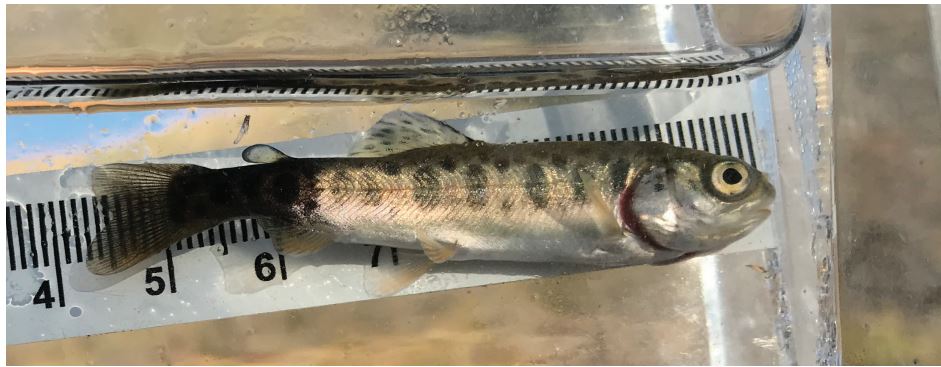
Whirling Disease in Alberta
This topic seems to have fallen off the public radar recently, so I wanted to take a moment to provide some updates, remind everyone the importance of decontamination, and briefly explain the parasite that causes the disease and its life cycle. There have been some frightening studies in the past few years that warn of trouble to come; we will also get into those.
Whirling disease was first detected in Alberta in 2016, in the Bow River system. Subsequent testing revealed that the parasite was present in rivers across Alberta, including the Oldman, Bow, Red Deer, and N. Saskatchewan watersheds. The map below shows its extent in Alberta.
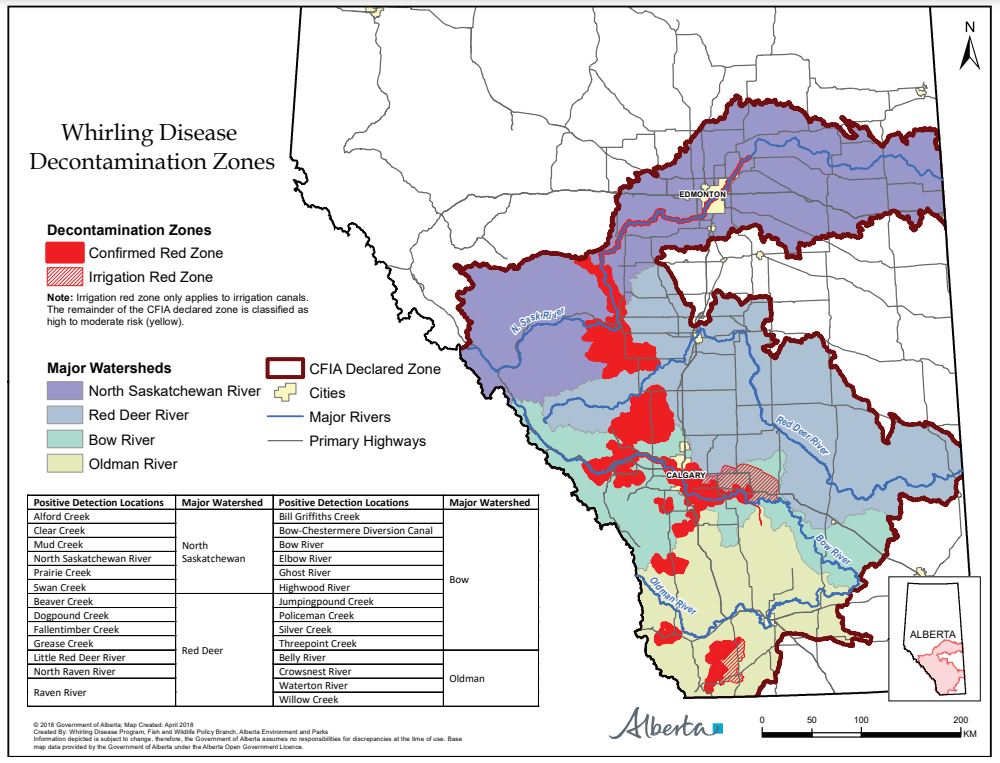
What Is It?
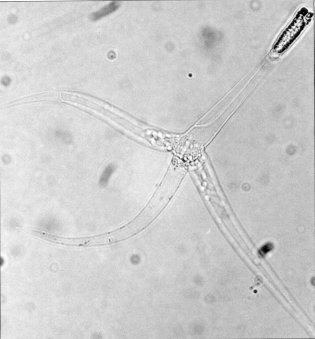
Whirling disease is a condition affecting trout caused by a microscopic parasite that can be devastating to trout populations, particularly rainbow trout. This was showcased by the collapse of several fisheries in Montana, Idaho, Utah, and Colorado in the 1990’s. The parasite that causes the disease, Myxobolus cerebralis, requires two hosts to complete its life cycle— a species of worm known as Tubifex, and trout. While it is relatively harmless in the resilient Tubifex worm, it is highly lethal in trout, causing severe nervous system dysfunction followed by an early death, particularly in young fish. An infected fish can be recognized by it’s blackened tail and deformed spine, and often causes fish to swim in circles upside down, preventing them from feeding and making them easy prey. The spores produced inside infected fish are dispersed throughout the system to infect more worms which will perpetuate the cycle— until there are no more fish to spread the spores. Out of all rivers in Alberta where its presence has been confirmed, the Crowsnest River is being hit the hardest
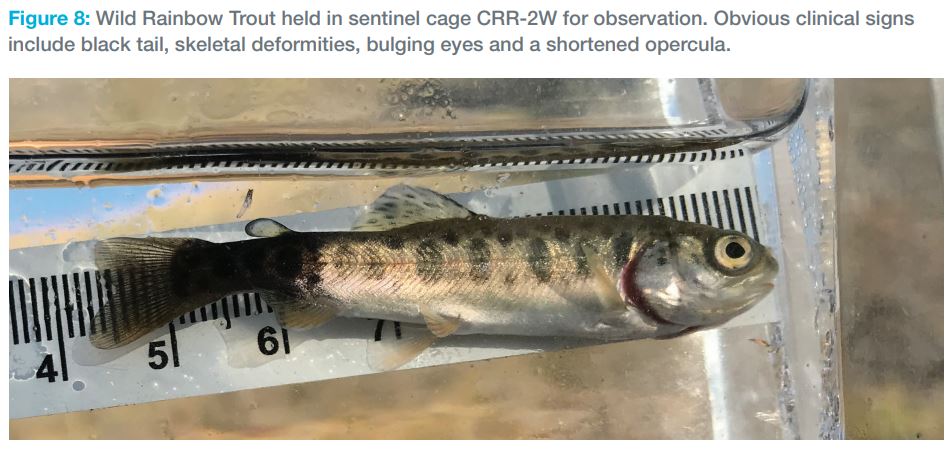
How bad is it?
A study from 2021 (posted in resources below) warned that the perfect conditions for a whirling disease outbreak existed in the Crowsnest River, and that there was a high risk of a rainbow trout population collapse. They found infection rates as high as 84 % in the lower river, while 27 % of Tubifex worms were infected. Meanwhile, the density of the parasite in the water was comparable to levels that led to fish collapses in Colorado and Montana. The most troubling sign is the lack of juvenile fish; while some adults can survive with the parasite, it is nearly 100% lethal in juveniles. The big fish are surviving, however almost none of their young are living to adulthood. This was the first stage of collapse in Colorado and Montana, warning of what is to come on the Crow.
Interestingly, brown trout are not affected by whirling disease like the other species of trout. This might be good or bad depending on the context. They can still carry the parasite and contribute to its spread, yet they have natural immunity to the disease. It is hypothesized that they are the original host of the parasite. It is very possible that a collapse of rainbow trout populations may also lead to brown trout establishing themselves as the dominant species in the stream, which would allow the parasite to remain in the system, indefinitely.
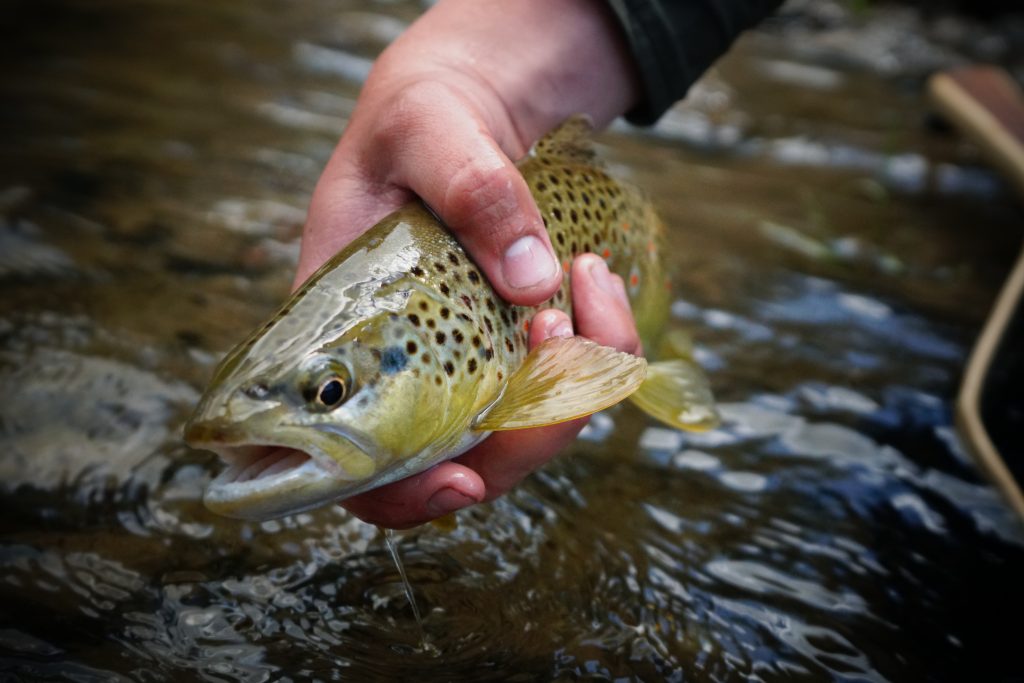
The Role of Anglers
Whirling disease is spread between waterbodies on the boots and waders of anglers. Mud and debris left on boots can contain both spores and infected Tubifex worms, which can allow the parasite to spread more quickly and establish in new rivers.
It is critically important anglers do their part and decontaminate their gear— this includes cleaning boots with a brush between waterbodies to get rid of any mud and debris and subsequently disinfecting by soaking gear in a solution of quat or bleach for 10 minutes. Always dry gear thoroughly, and CLEAN, DRAIN, and DRY all watercraft after use. This is particularly important if you spend a lot of time on rivers where whirling disease is prevalent, like the Crowsnest River or the Bow River. Fishing these streams means taking the time to decontaminate before moving elsewhere—you could be preventing the next outbreak. This means planning ahead to ensure you have the means to disinfect before heading out the door.
There is always hope
If the collapses in Colorado and Montana are any blueprint, there is many reasons to remain optimistic about the future of the Crow. Many of those populations were able to rebound and gain some natural immunity to the parasite. In recent years, biologists in Colorado have discovered a strain of rainbow trout resistant to whirling disease and have introduced them to their rivers with good success. Furthermore, extensive research is being undertaken to utilize new DNA technologies to disarm the parasite. Fisheries managers in Alberta are working hard to understand the disease and investigating all possible management options. These efforts all provide hope that fishing for wild trout may remain a central attraction throughout the province for years to come.
Resources
Here are some useful resources and published literature on whirling disease in Alberta.
Government of Alberta- Whirling Disease
Government of Alberta- Status of Whirling Disease in the Crowsnest River (2019)
Whirling Disease in the Crowsnest River: an emerging threat to wild salmonids in Alberta (2021)
It is critical to remember the impact we can have as anglers and do everything in our power to minimize it. The speed at which the disease has spread should serve as a warning for the rest of the province, and a wake-up call for anglers. These resources are vulnerable, and our activities can have profound effects on their longevity. We need to educate ourselves on the threat posed by whirling disease and do everything in our power to prevent its spread.
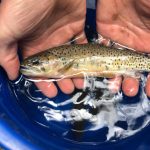

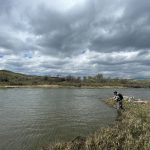

One thought on “Whirling Disease in Alberta”
Nicely done. This is a very important reminder.